4th Generation Porsche Boxster & Cayman (982) Story & History
Boxster & Cayman 982 (2016 – 2016)
Official photos: Boxster 2016 Jan 27, Cayman 2016 Apr 24, GTS 4-cylinder 2017 Oct 18, GTS 6-cylinder 2020 Jan 16 / Premiere: Boxster 2016 March 1 at Geneva motor show press day, Cayman 2016 April 25 at Auto China / Market launch: Boxster 2016 Apr 30, Cayman 2016 September, GTS 4-cylinder 2017 December, GTS 6-cylinder 2020 March
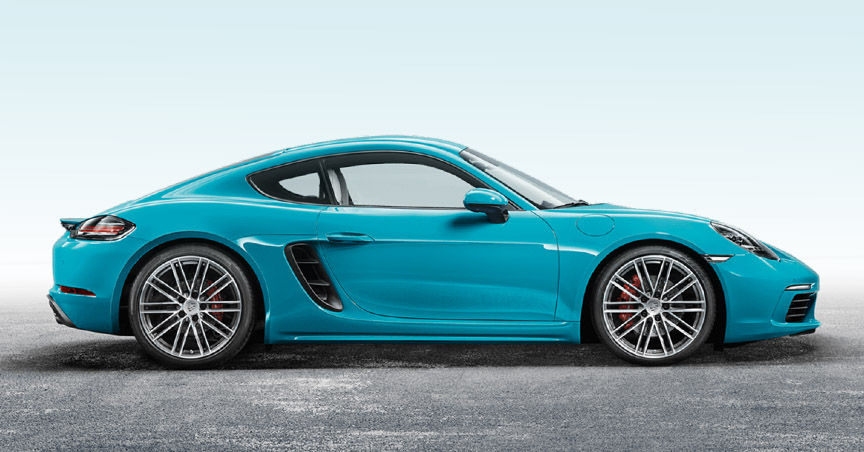
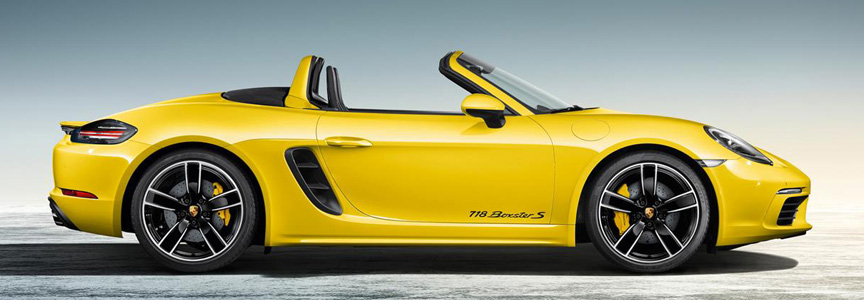
The fact that the open top Boxster was long kept as the cheaper base model even though the Cayman was introduced in 2005, was a “team order” and not a natural situation. Boxster was more expensive to make, but was sold cheaper than the Cayman. In 2016 the coupé became the base model with the roadster now requiring a premium for the open air experience it provides.

Three digits are an established part of a 2-door Porsche model name. Finally, after 20 years, the entry-level model got its number. Between 1996 and 2015, the entry level models were officially called only by a name, like “Porsche Boxster“.
The number 718 was taken into use again after more than 50 years. Back then it was the series number of the Porsche race car project, but with the re-introduction in 2016 there was no connection between the entry-level Porsche and the number 718. The 2016 718 was the successor to the 981 generation Boxster and Cayman and is therefore internally referred to as 982. There would have been a way to make the car names even cooler, if old-school Porsche naming system would have been used to the full – how would you have liked Porsche 718 Turbo 2.0 and Porsche 718 Turbo 2.5, Coupé and Roadster? Or 718 Turbo (2.0) and 718 Turbo S (2.5)?
The 6-cylinder normally aspirated engines of the predecessor were replaced with flat-4 single-turbo engines, in order to produce less CO2. A 4-cylinder turbo has more potential in racing than the normally aspirated 6-cylinder, so all good. All of the first Porsches – the 356, 550, 718 – and then the 904, original 912, G-model 912 and 914 had flat-4 engines – it’s a back to the roots thing.
Of course, a 6-cylinder with turbo comes into mind, but that would never come true. As well as we can be sure the 21st century 718 will never evolve to 8 cylinders as the original 718 did. Unfortunately, the new 718 will not evolve to the power-to-weight ratio that the 718 had more than half a century earlier. The 1962 718 W-RS Spyder with its 2-litre normally aspirated 8-cylinder engine and focus on low weight, had the power-to-weight ratio 22% better than the 718 GTS with 2.5-litre turbo engine 56 years later. While the original 718 was a Porsche supercar (at the time the top of the line series production model was the 356 Carrera 2 which offered no comparison to the much faster 718), but from 2016 the 718 is an entry level model. In the sixties the 718 cost many times the price of the top production model – consider the price of many 991 Turbo S in 2016. In conclusion: although the 718 Turbo cannot live up to the 718 name, with the manual gearbox it is an absolutely amazing car, especially the 2.5-litre version, which on paper even beats the 991 Carrera Turbo 3.0 Cabriolet in the sprint!
The 718 Turbo 2.5 has another predecessor in the Porsche history – the Porsche 944 Turbo. It, too, had a 4-cylinder 2.5-litre turbo engine, performance of the 911 Carrera and was available in closed or open form.
The evolution of the 718 S, the 718 GTS Turbo 2.5 came with a different intake duct and an optimised turbocharger that increased the maximum power by 4%. While with the manual gearbox the maximum torque remained the same as on the S-version, with the PDK the maximum torque of the GTS Turbo was slightly up. As a higher equipment level version, the GTS is a bit heavier, too. Sport Chrono package (Sport Plus mode + Launch Control) and the Porsche Torque Vectoring with a mechanical rear differential lock are among the standard equipment.
For 2019, the 2-litre 718 are offered with price advantage option package and renamed to 718 Cayman T and 718 Boxster T. All engines are now equipped with gasoline particulate filters (GPF).
GTS Turbo 2.5 and GTS 4.0
In 2020, the 4-litre 6-cylinder version of the GTS was introduced in addition to the earlier 2.5-litre turbo GTS. The engine is a detuned version seen in the 718 GT4 and the 718 Spyder 4.0. The standard equipment includes sports exhaust system, chassis lowered by 20 mm, Porsche Stability Management with Sport mode, Sport Chrono package, Porsche Active Drivetrain Mounts, Porsche Torque Vectoring and mechanical limited slip differential. The optional GTS interior package adds Carmine Red or Crayon accents. This accentuates the rev counter, seat belts, decorative seams, embroidered GTS emblem in the headrests and the Porsche lettering on the floor mats. The package includes carbon interior trim. The GTS 4.0 is not a worldwide version, it is not available for America.
To be honest, the 4-litre normally aspirated engine is a strange product to launch when reduction of CO2 is more important than ever before. In order to decrease CO2 production, the adaptive cylinder control switches off one cylinder bank at low loads and makes it a Porsche powered by 3 cylinders.
2020 and allowed CO2 in European Union
All new passenger cars sold in Europe from 2020 must meet the new 95 g/km (9.5 kg/100 km) CO2 restriction. In the case it is not met, 95 EUR penalty has to be paid by the manufacturer for every gram per kilometre over the allowed limit. Considering the 4-litre 718 GTS introduced for 2020 produces 246 g CO2 per every kilometre (24.6 kg/100 km), it translates to (246-95)x95=14.345 EUR penalty for the 718 GTS 4.0 if it would be the only product of the manufacturer. In reality, the average over all the cars sold is taken into account. So, from 2020 the high CO2 cars could be sold in EU only when they are balanced out by hybrid or electric cars of the same manufacturer.
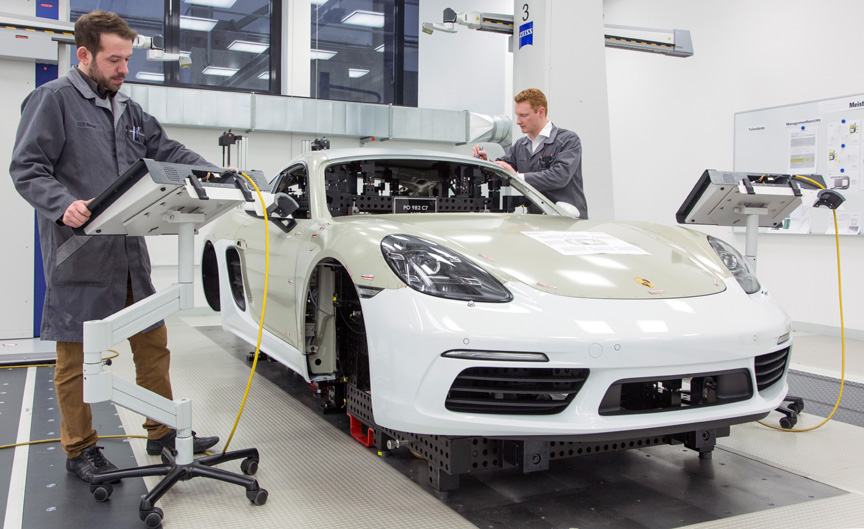
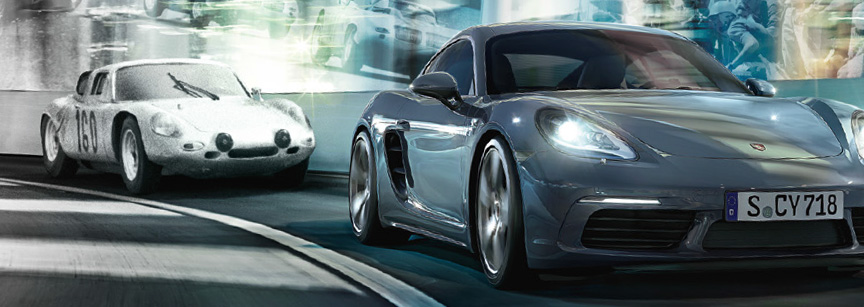
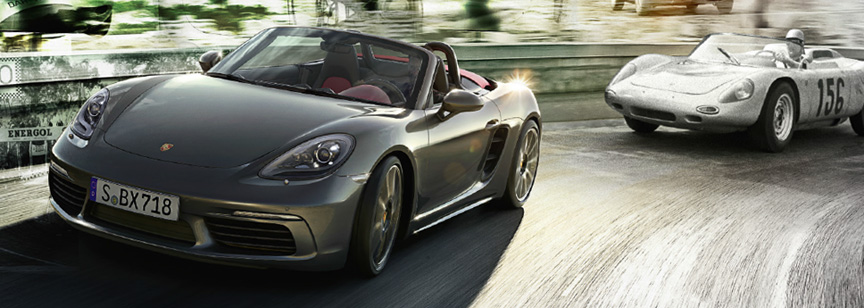

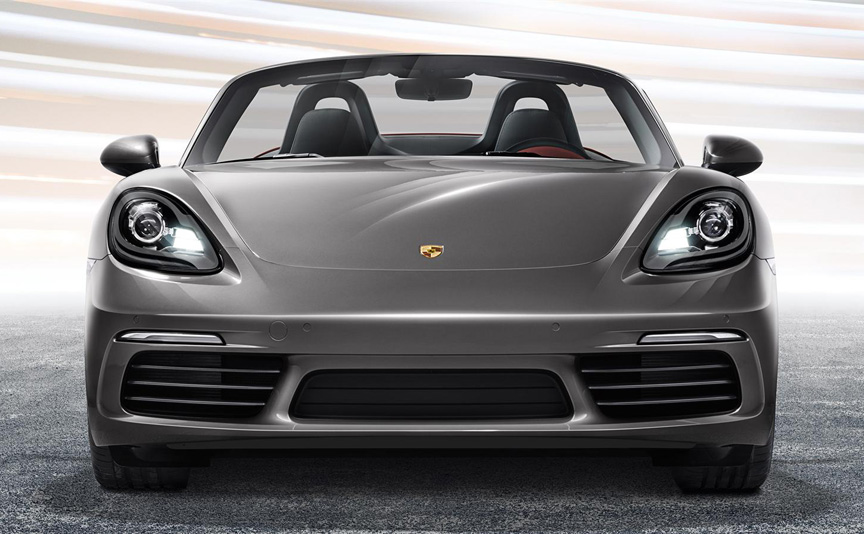
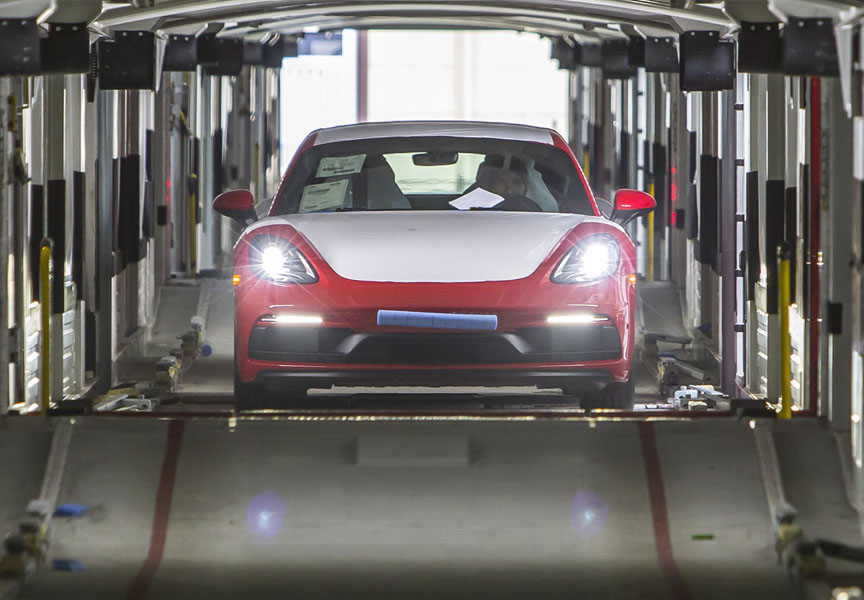
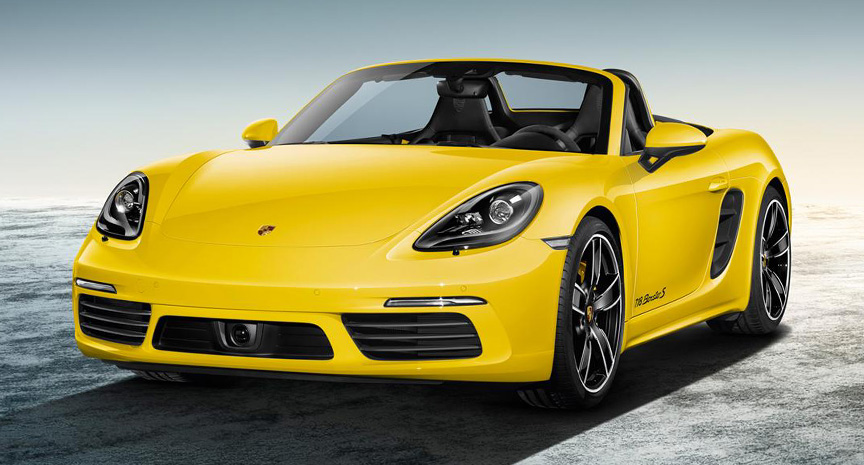

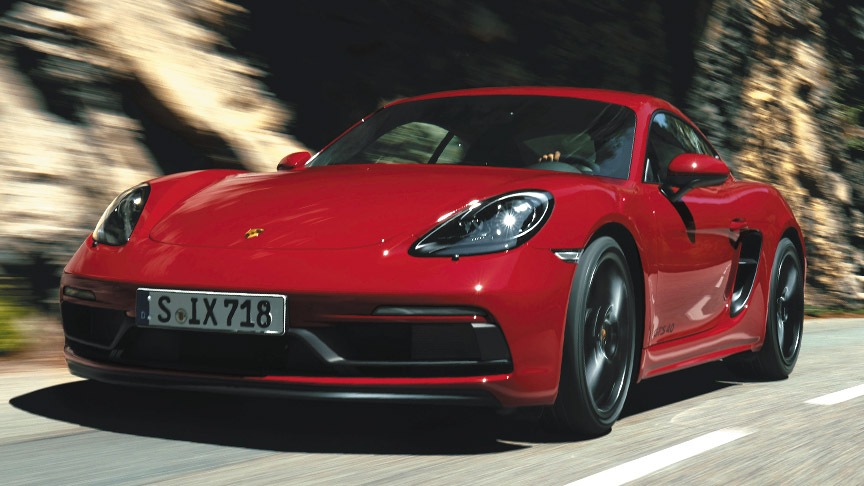
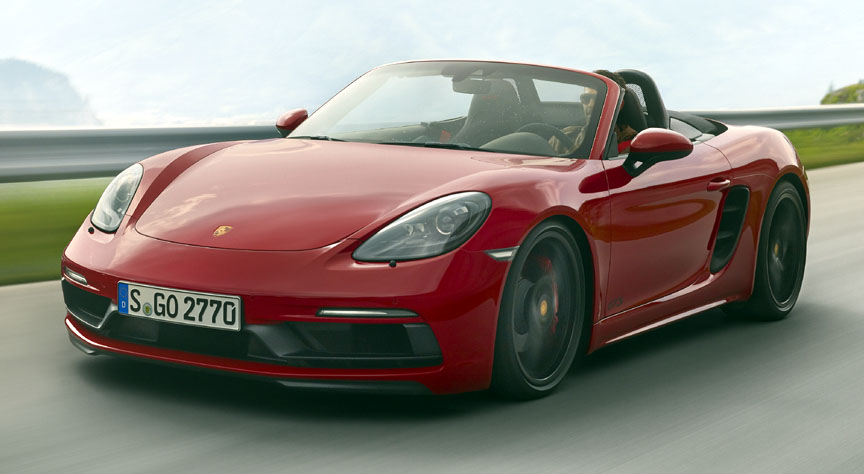
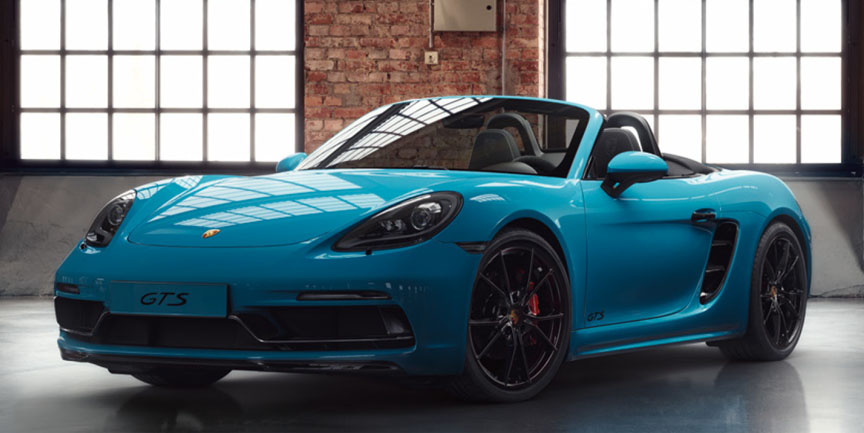
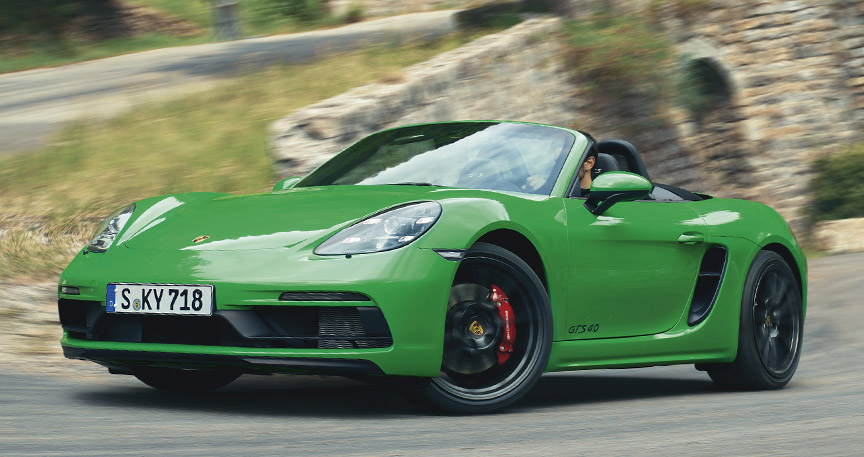
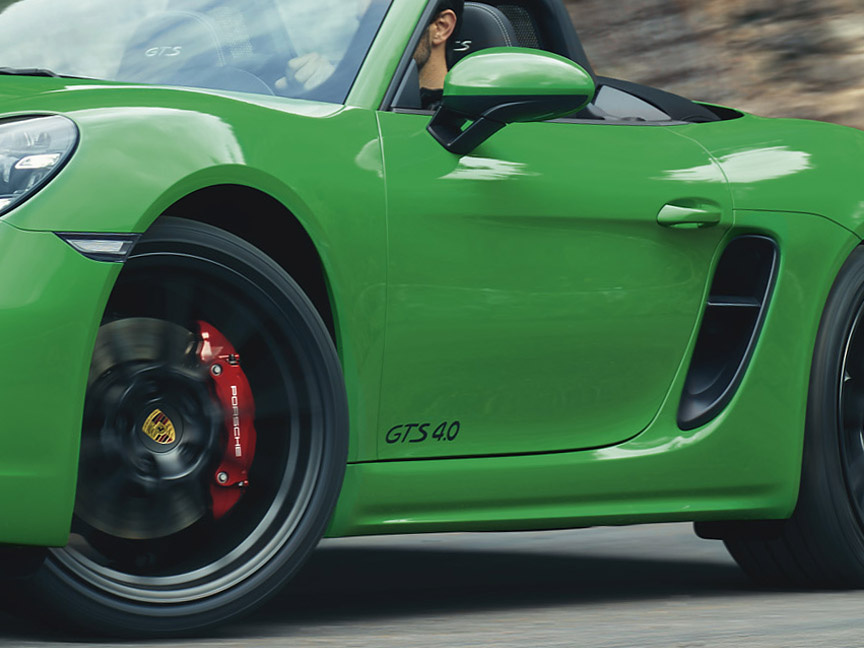
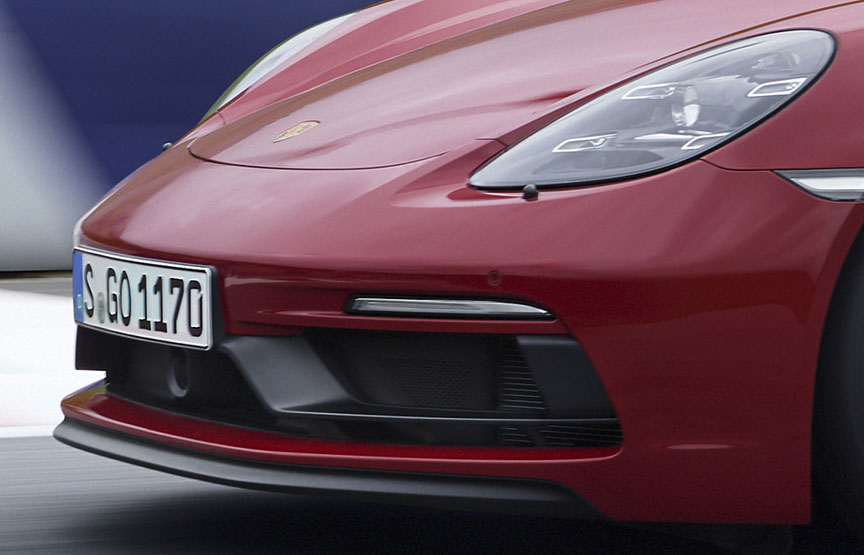
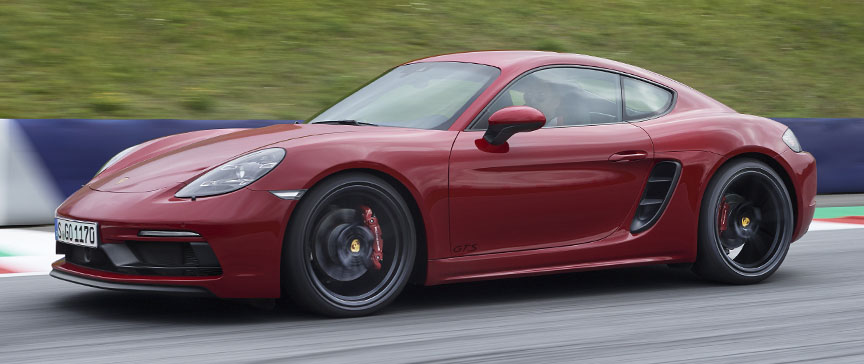
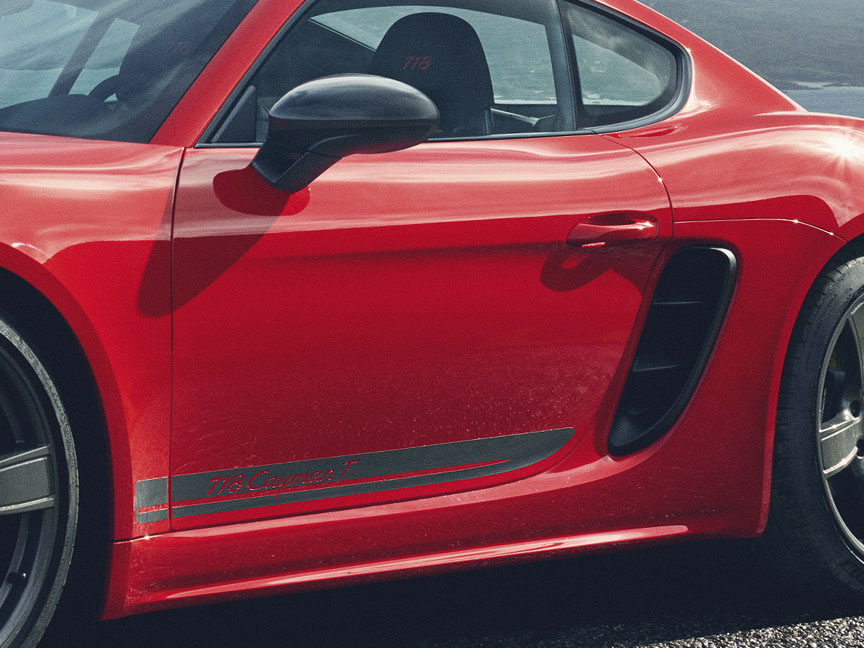
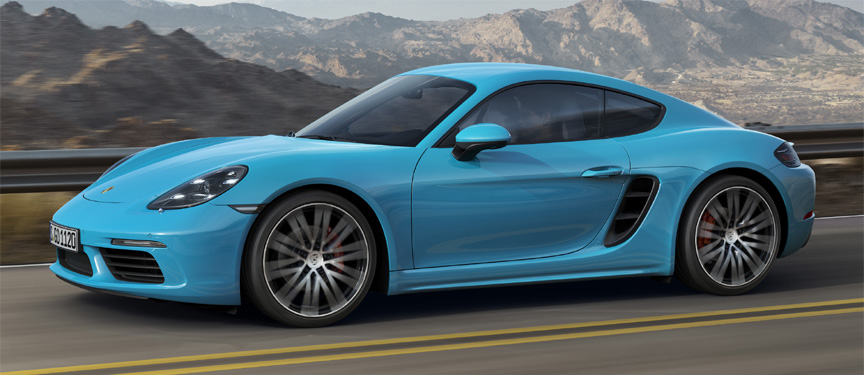
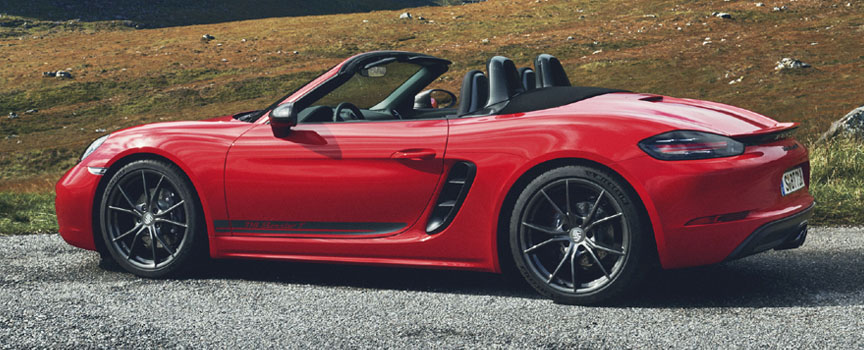
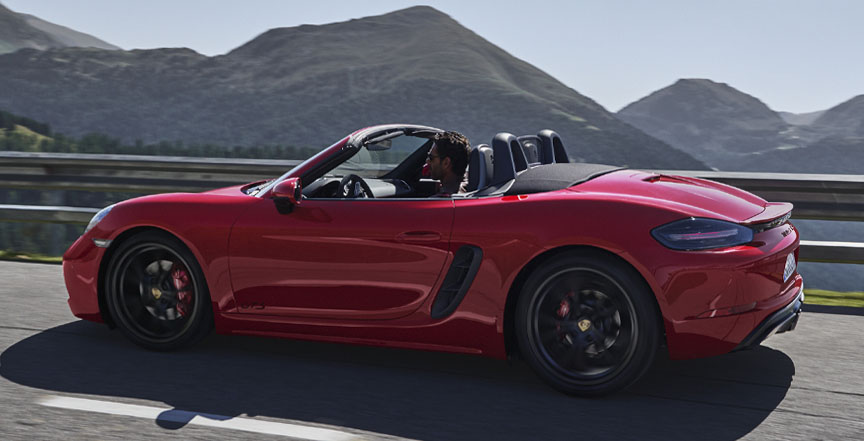
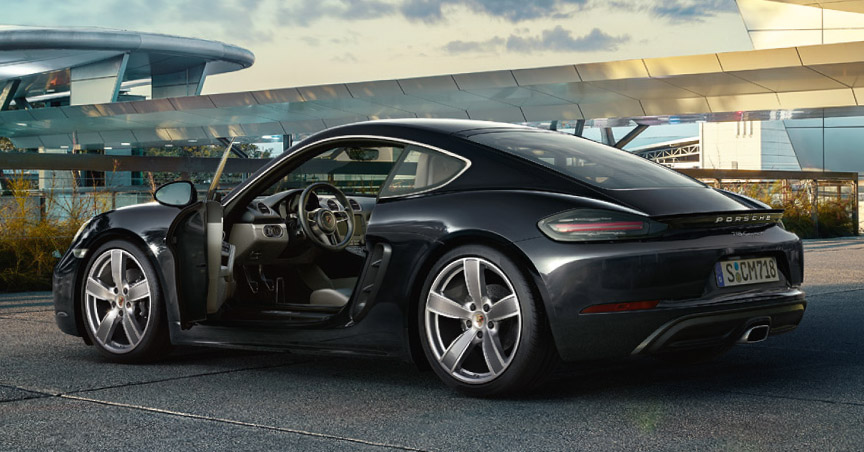
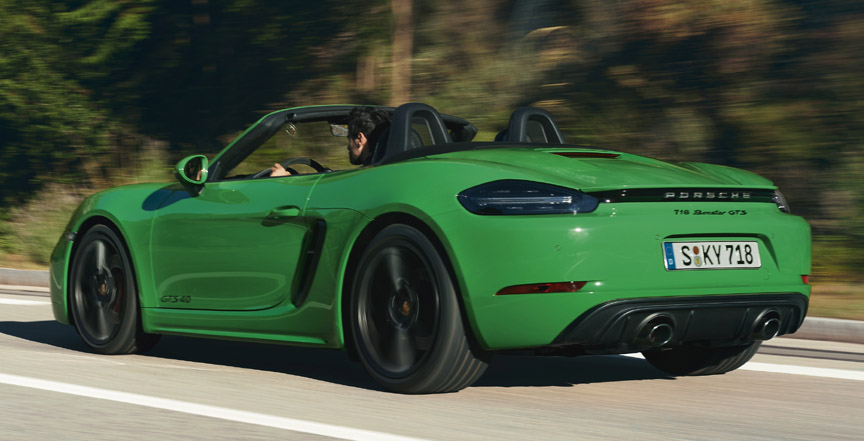
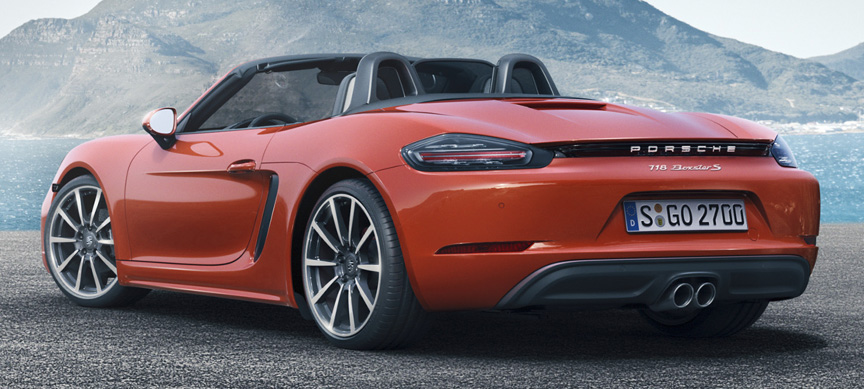

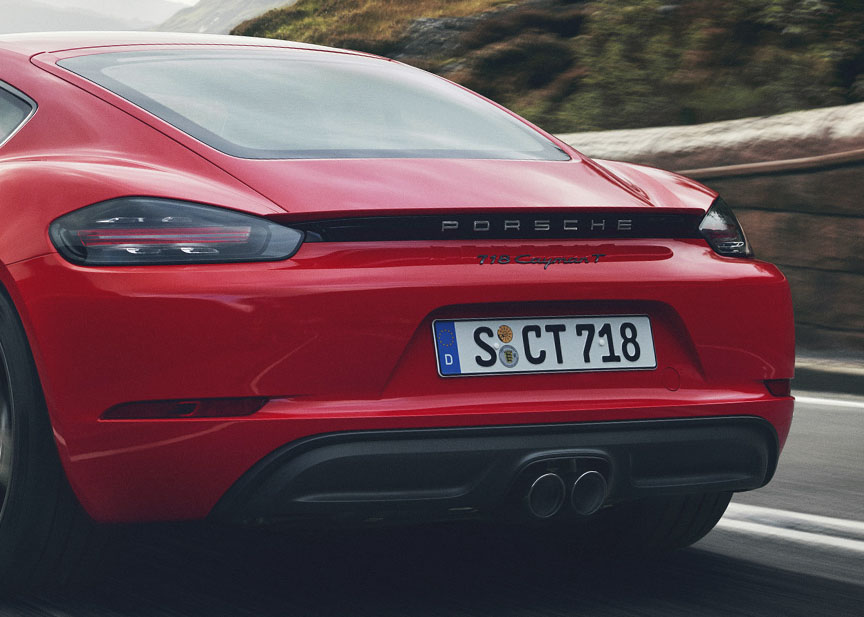
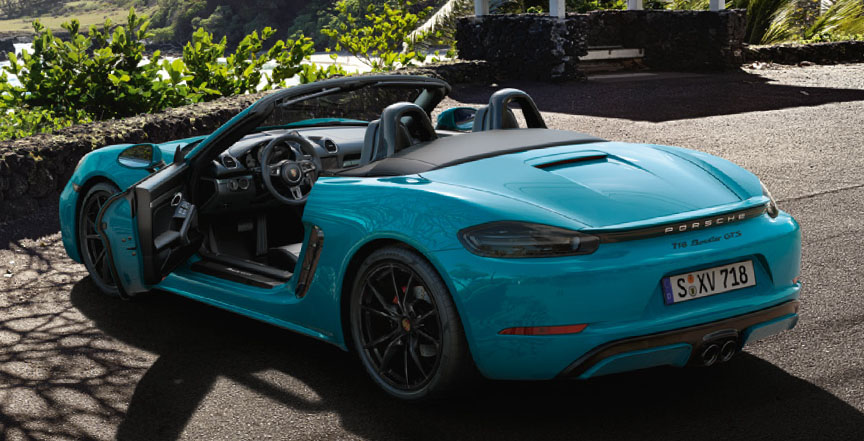
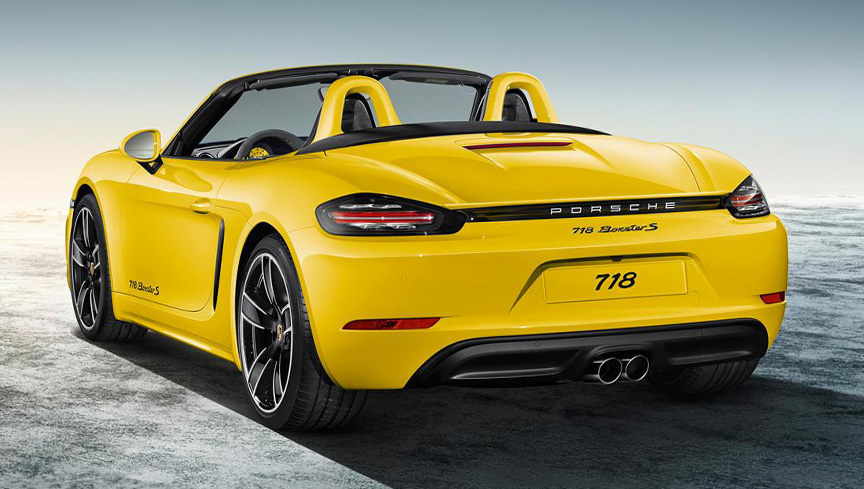
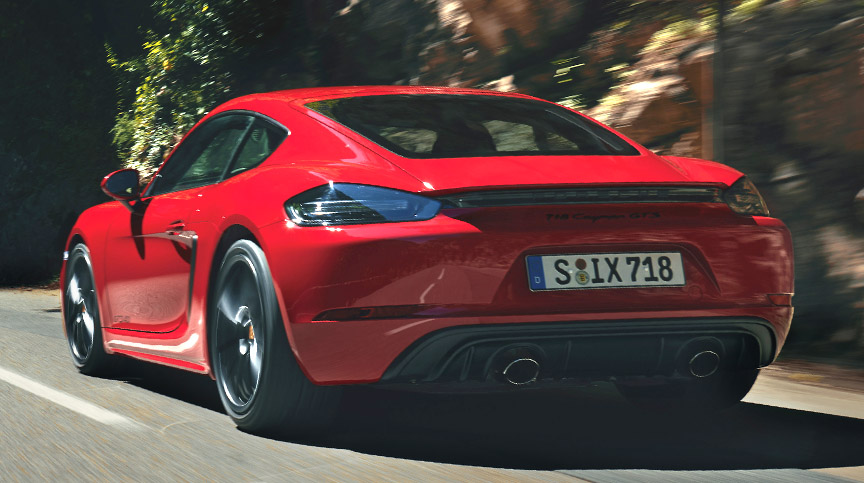
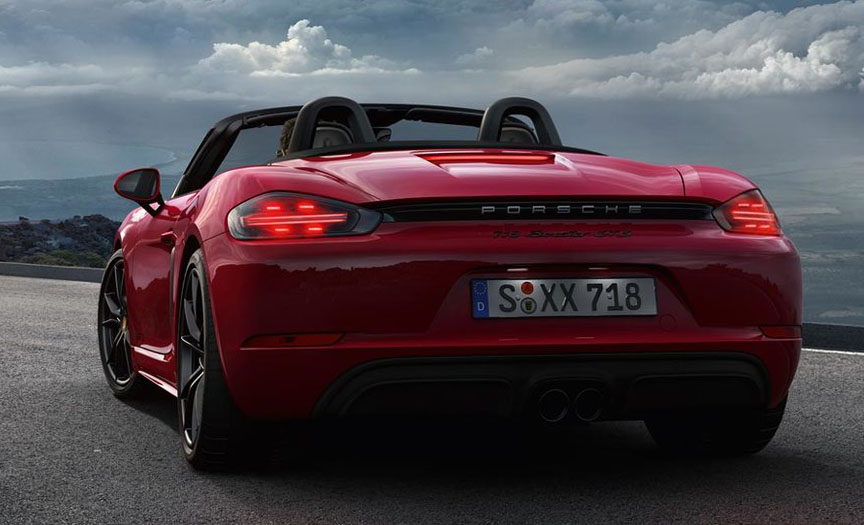
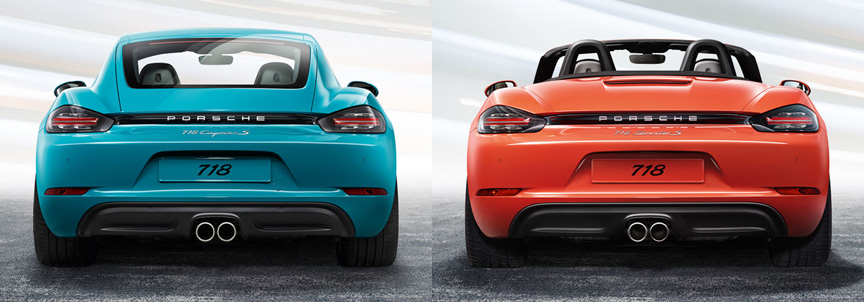
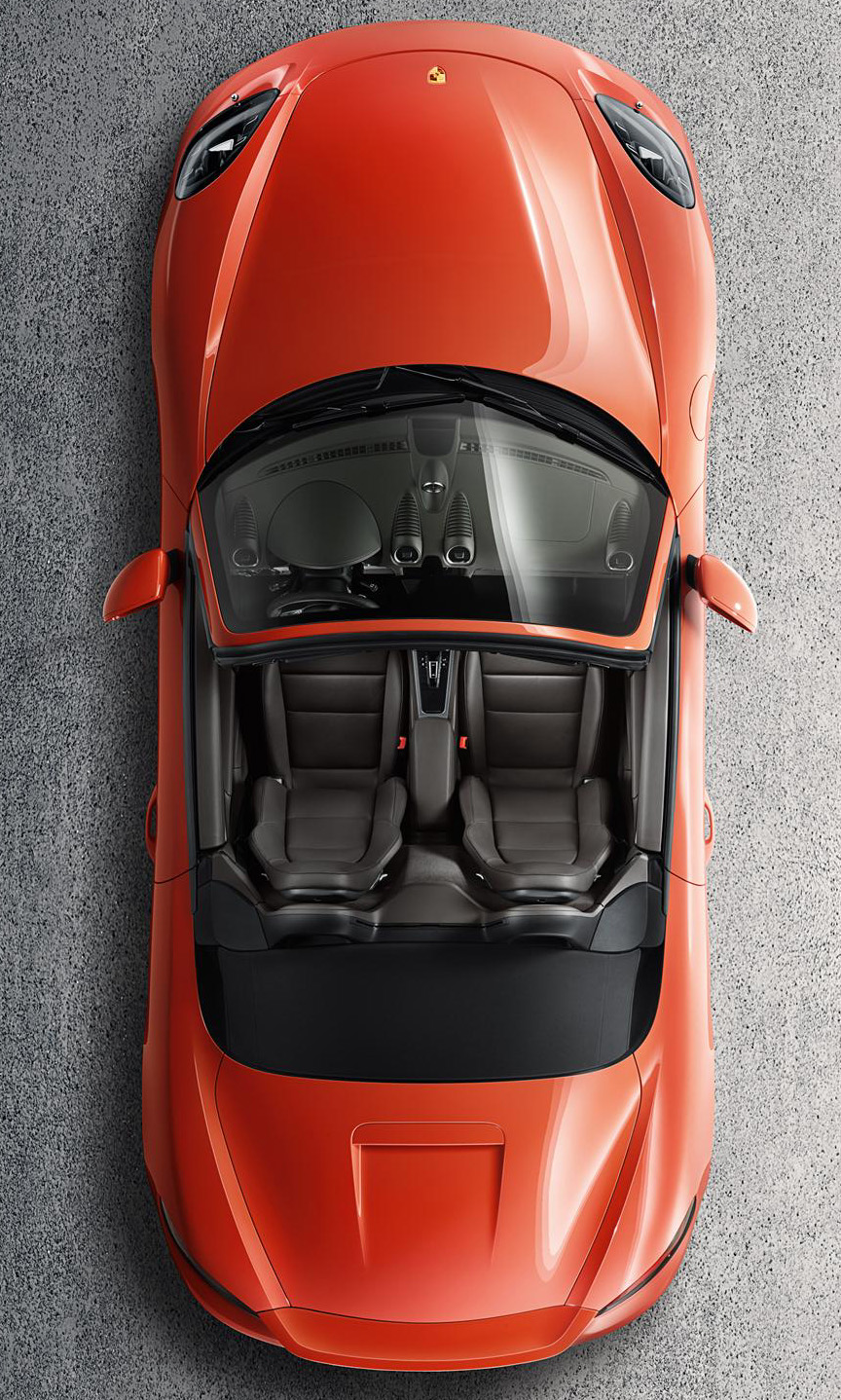
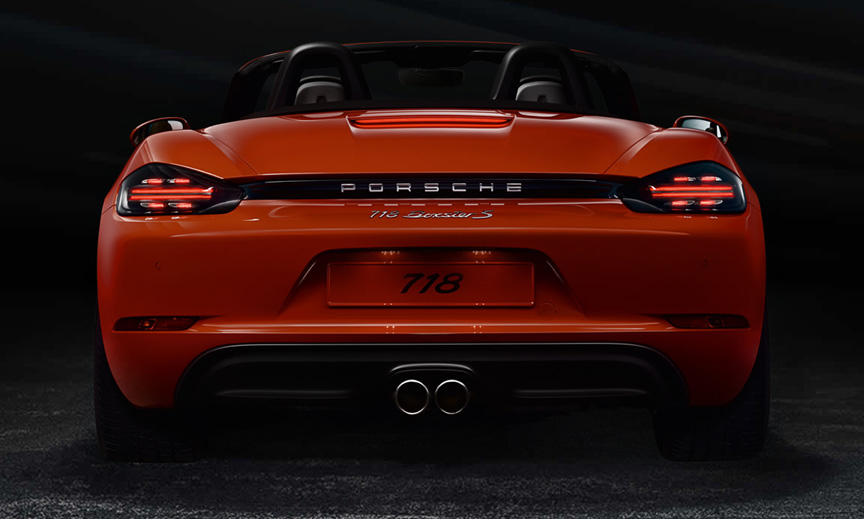



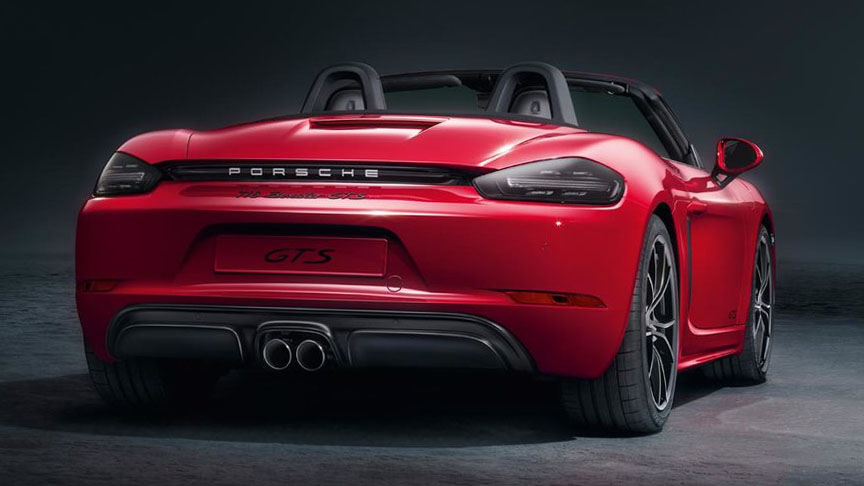
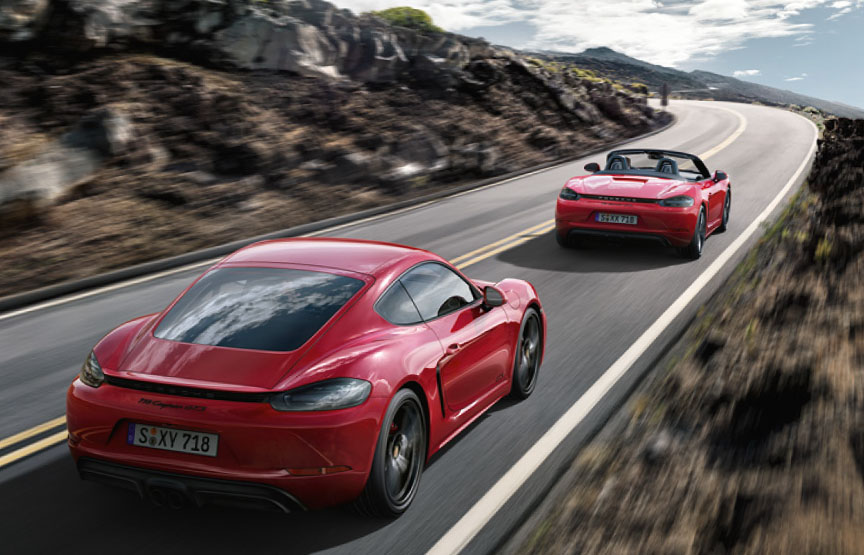
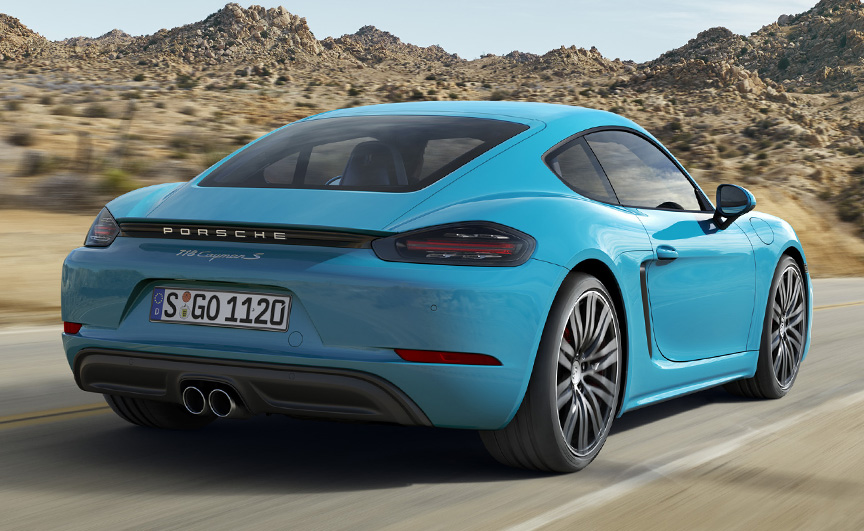
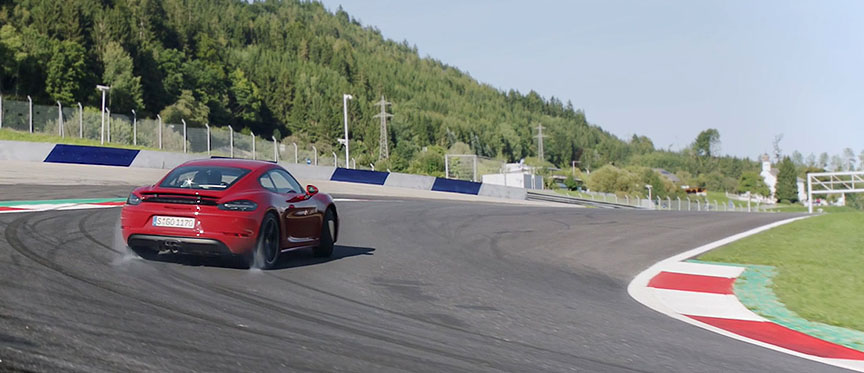
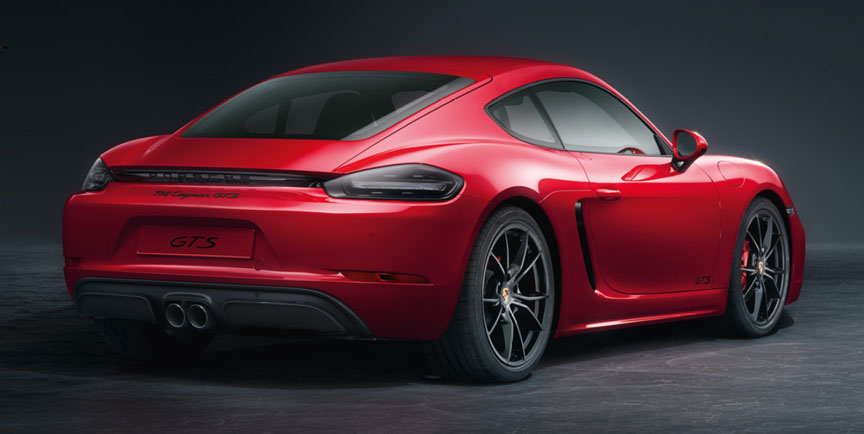
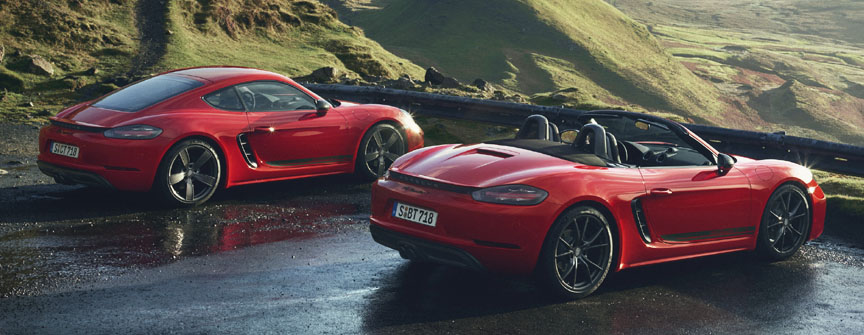
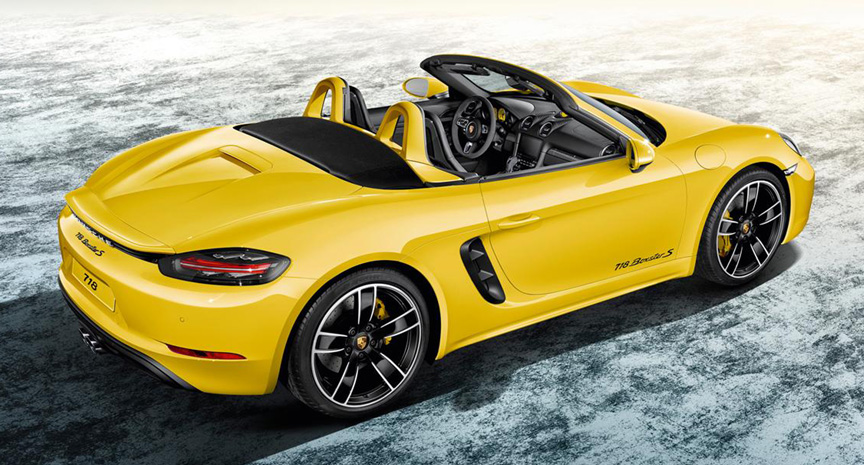

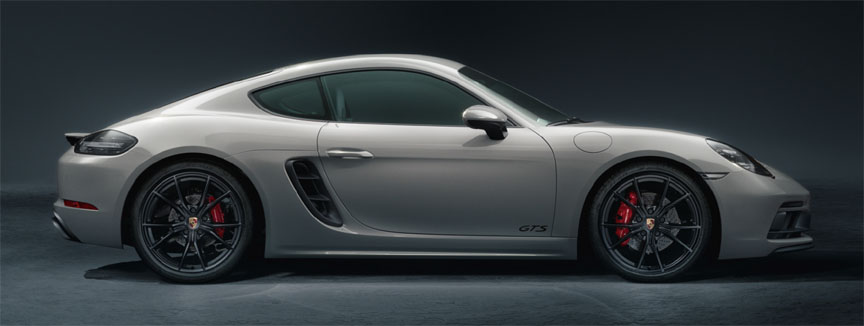
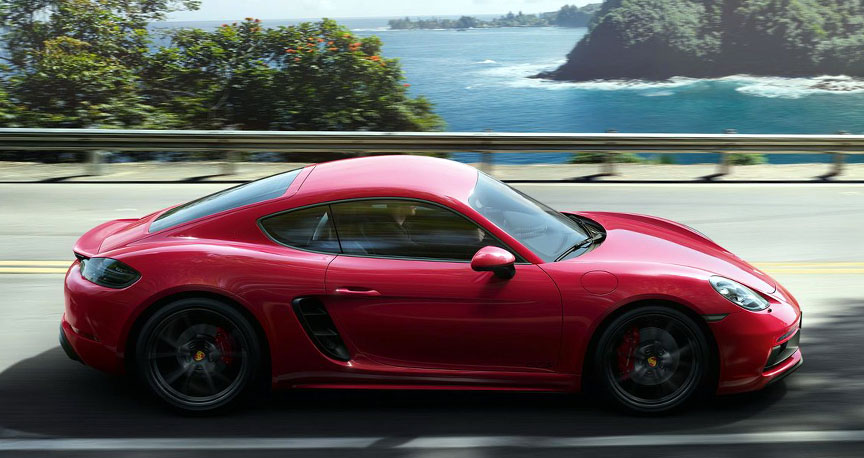
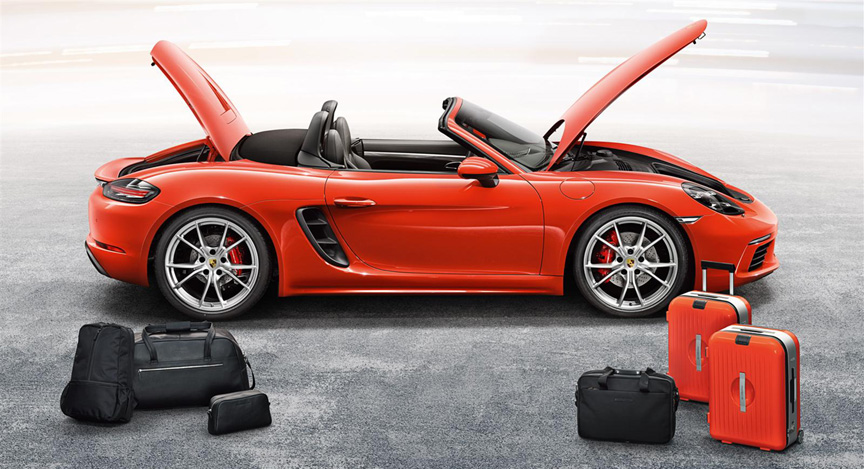
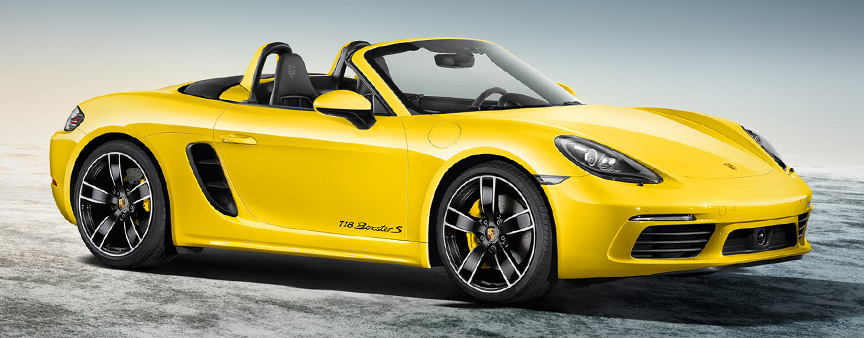

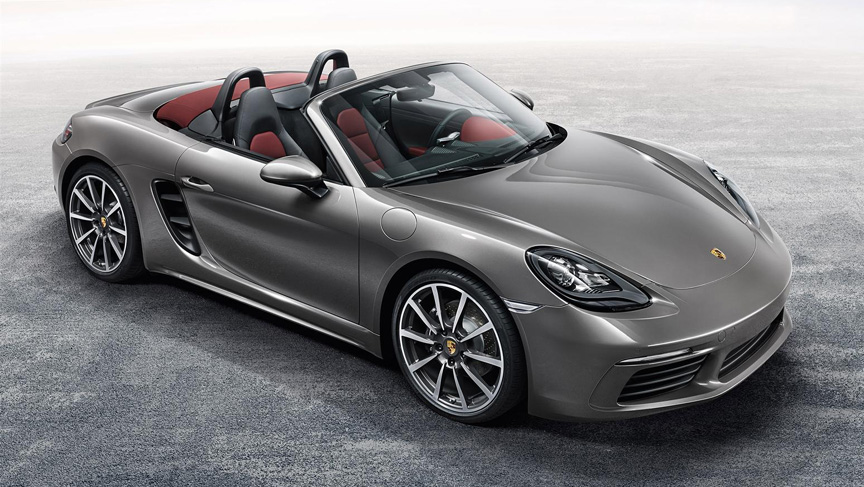
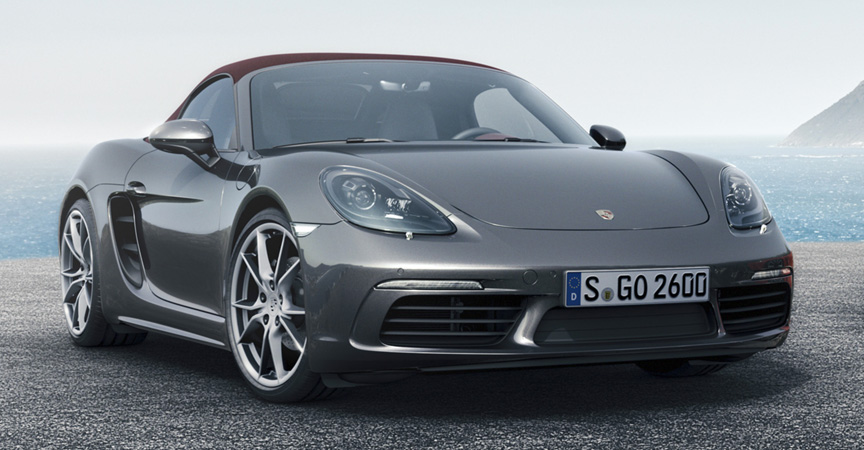
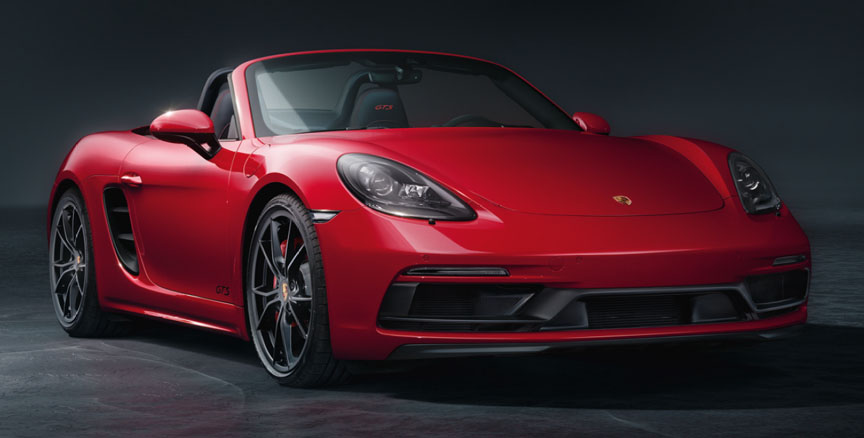
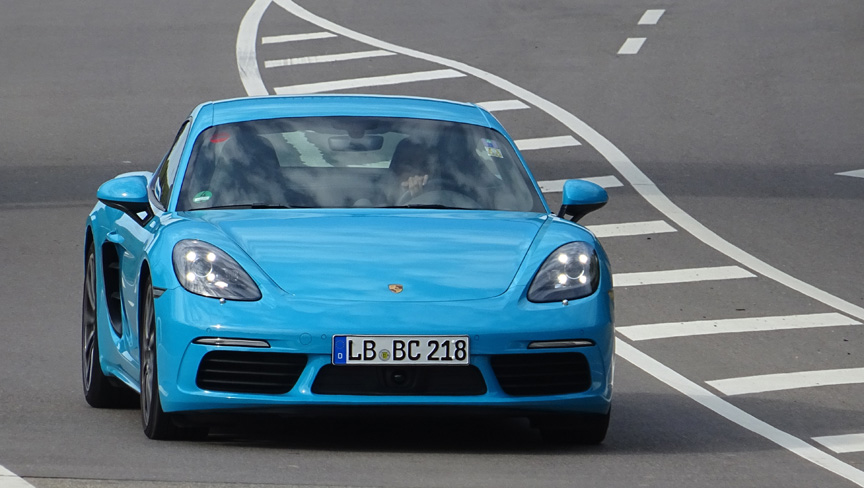
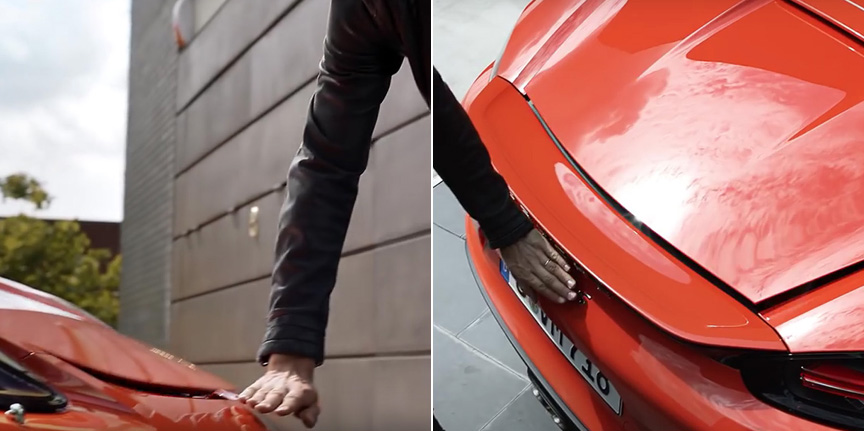
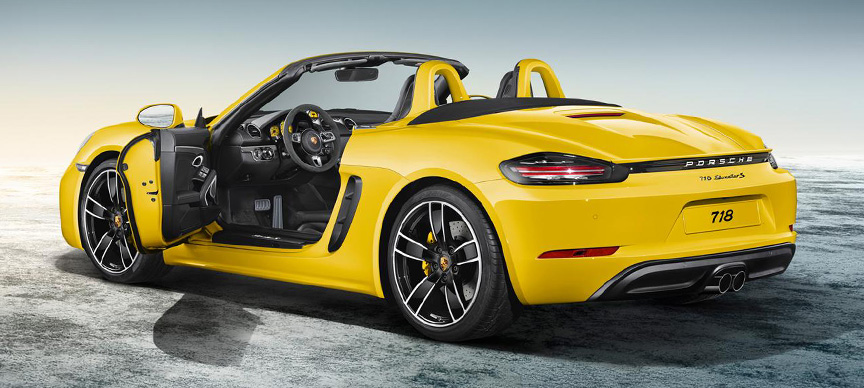
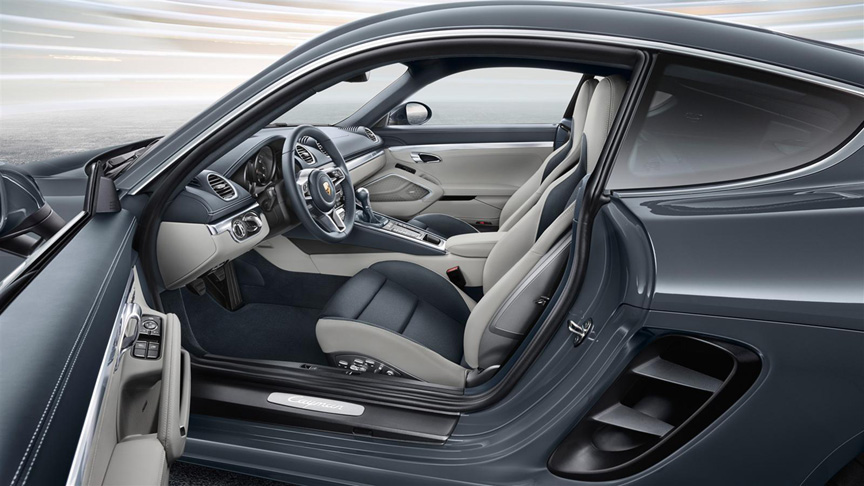
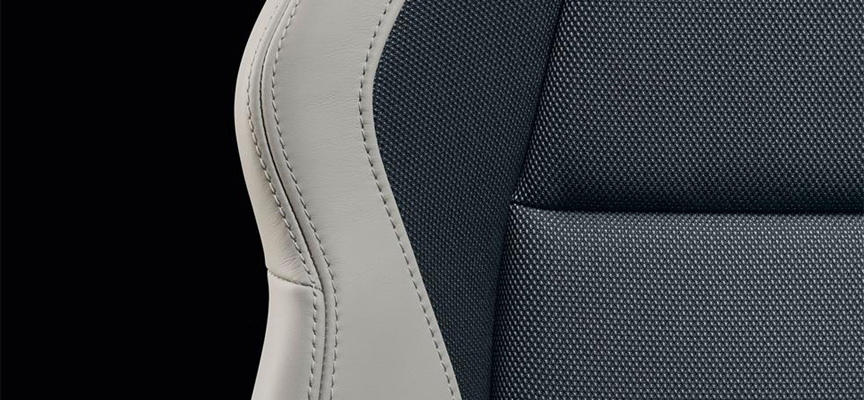
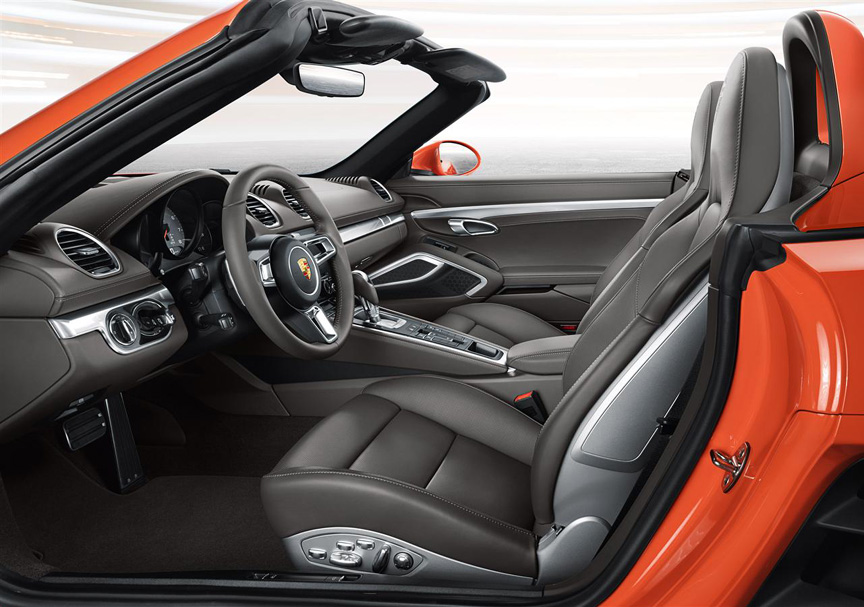
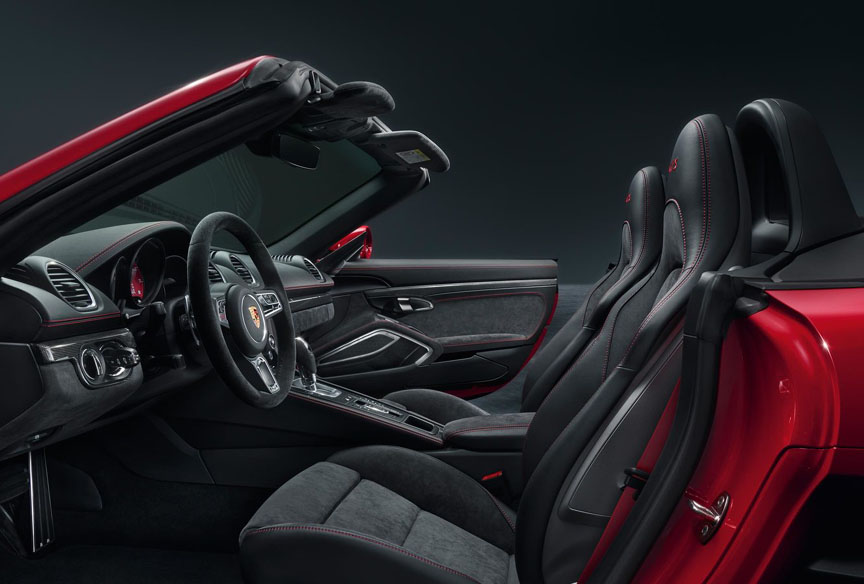
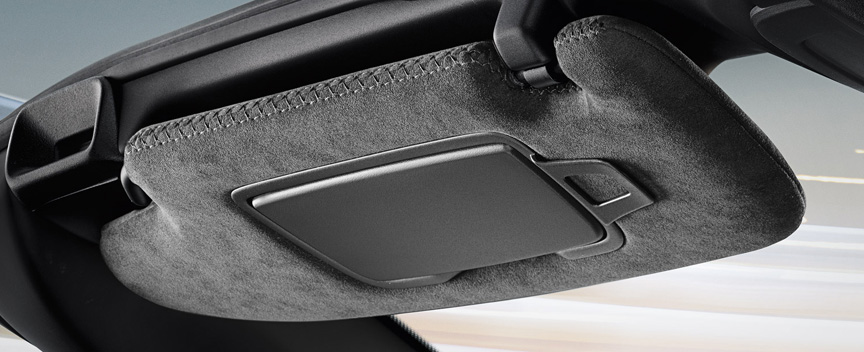
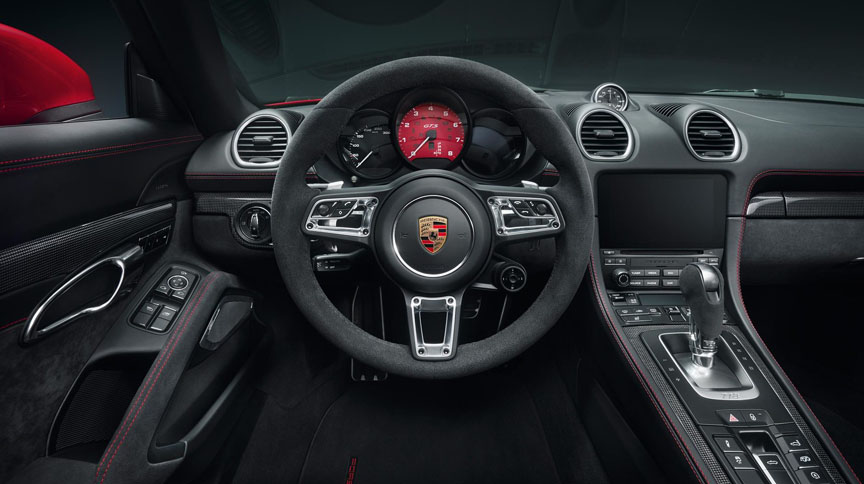
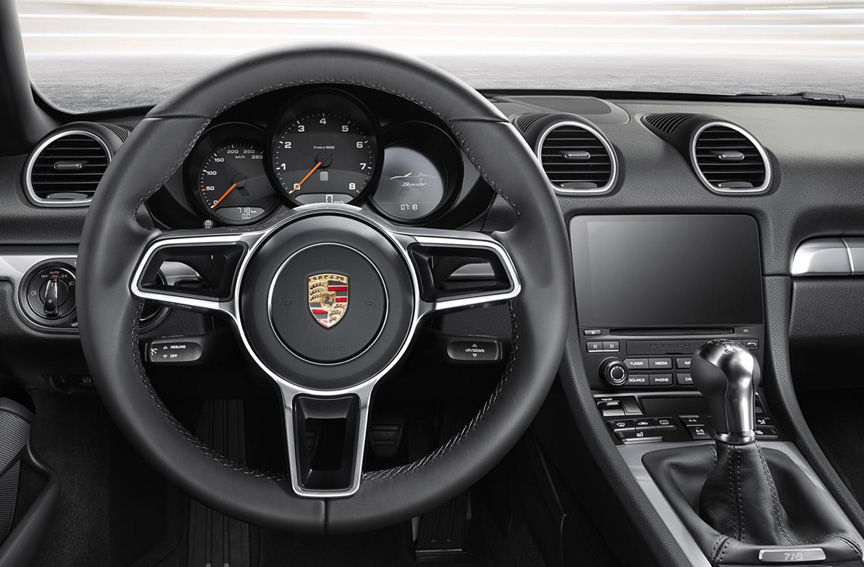
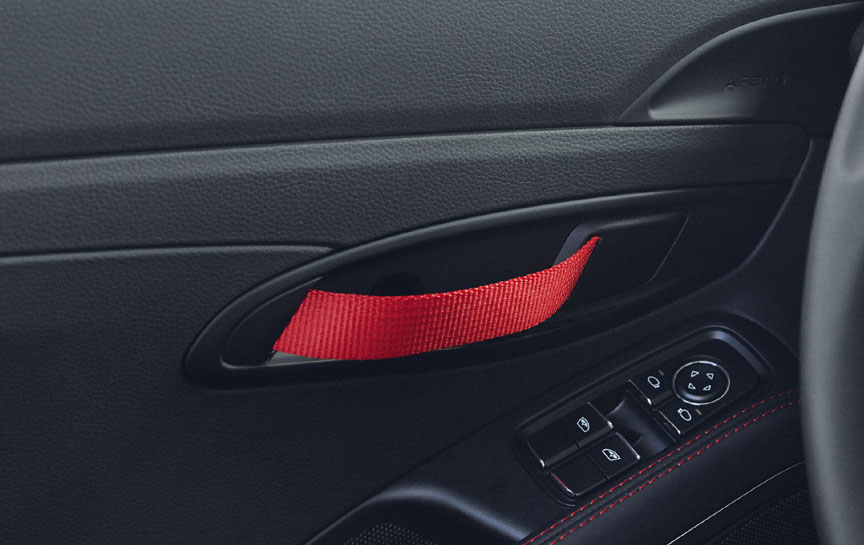
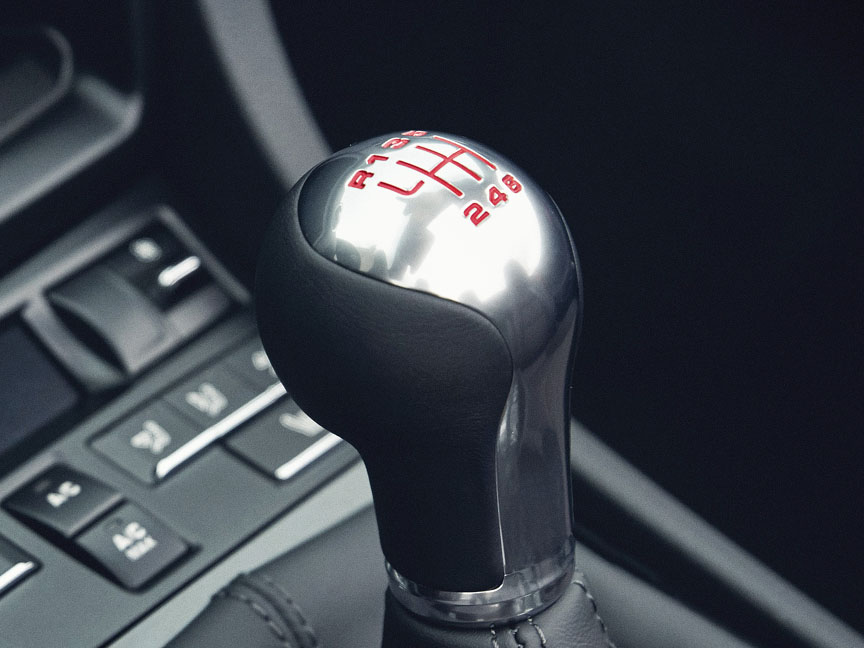
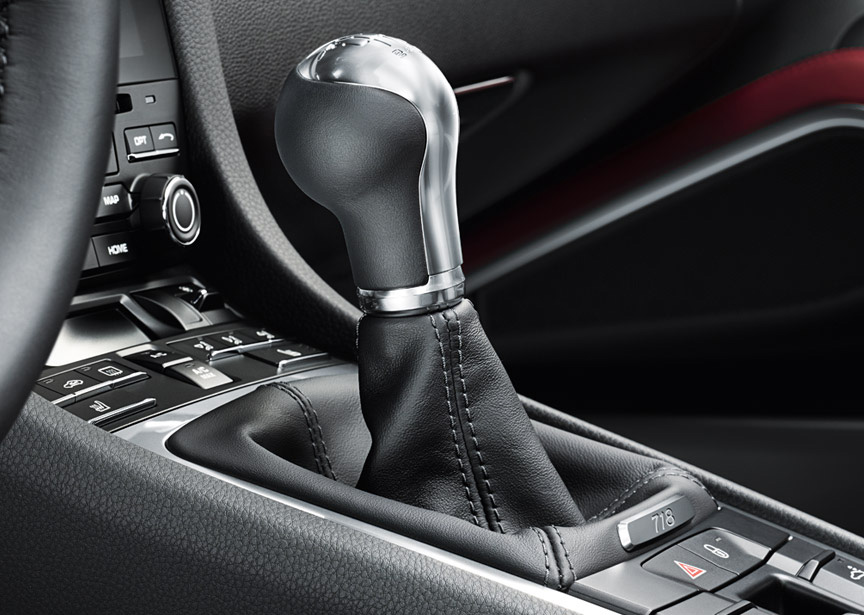
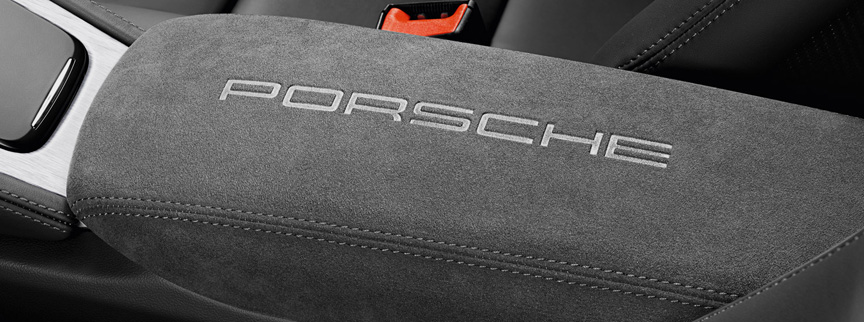
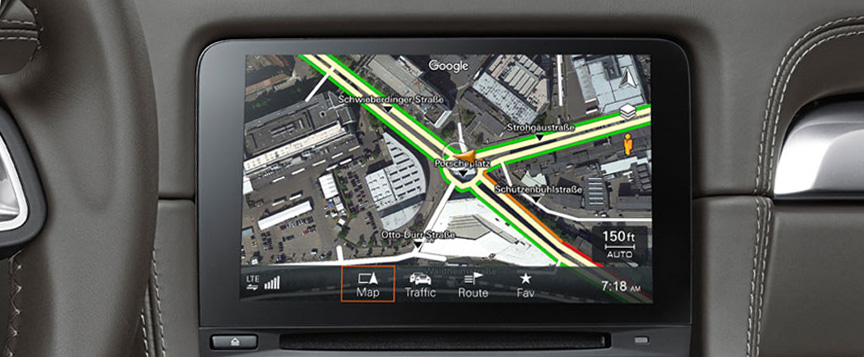
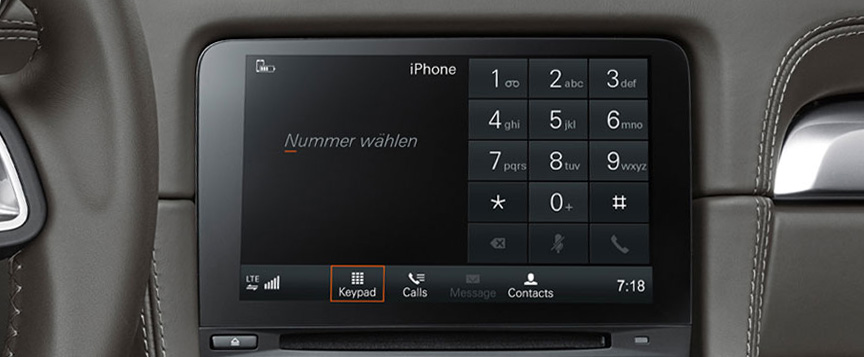
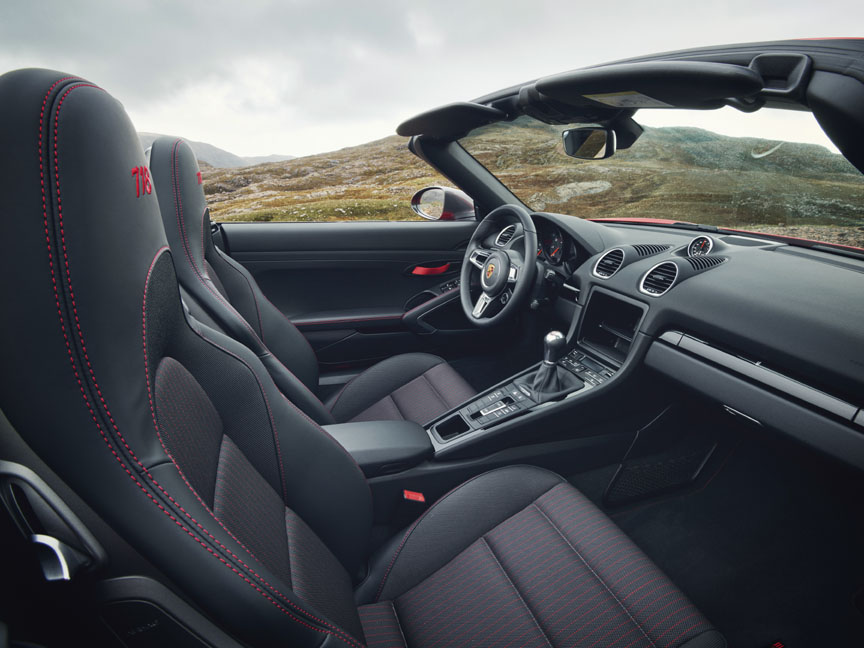
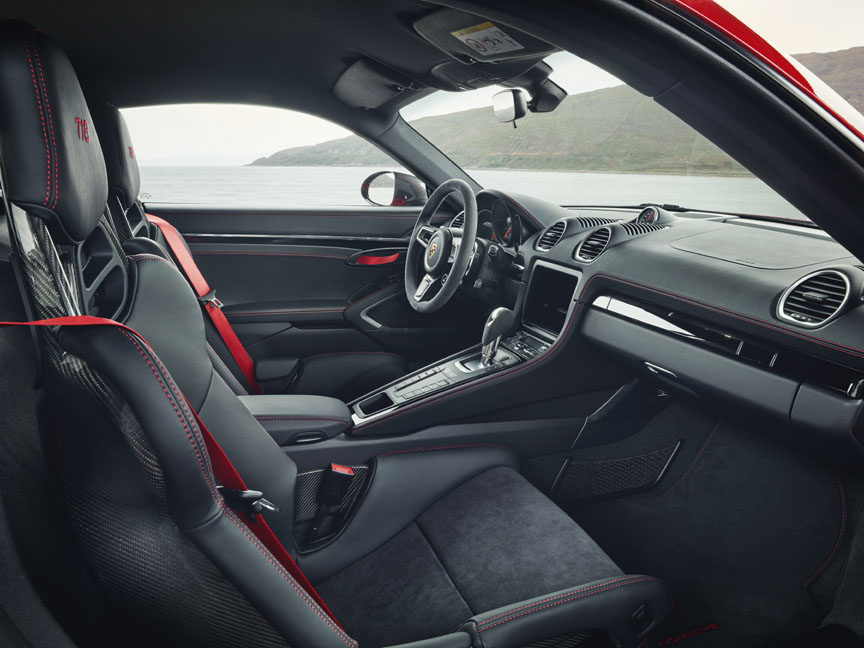
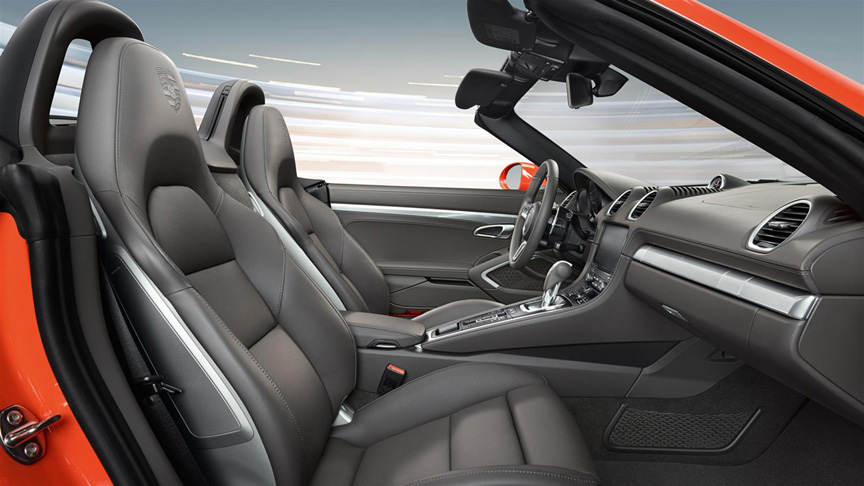
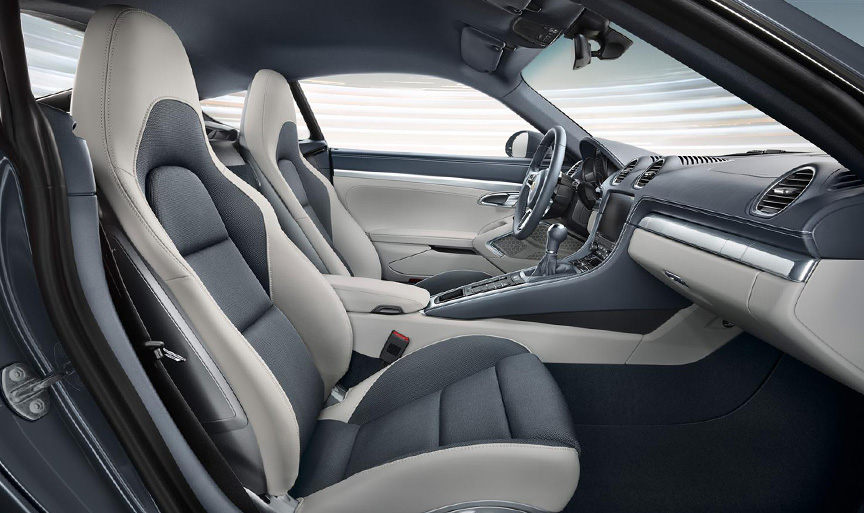
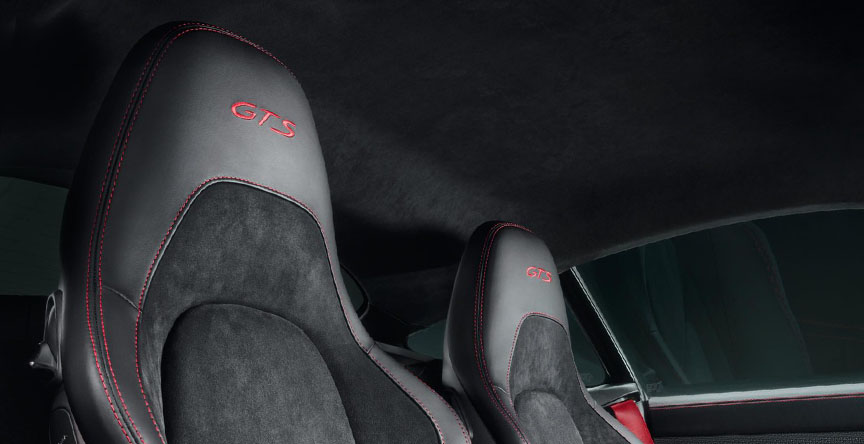


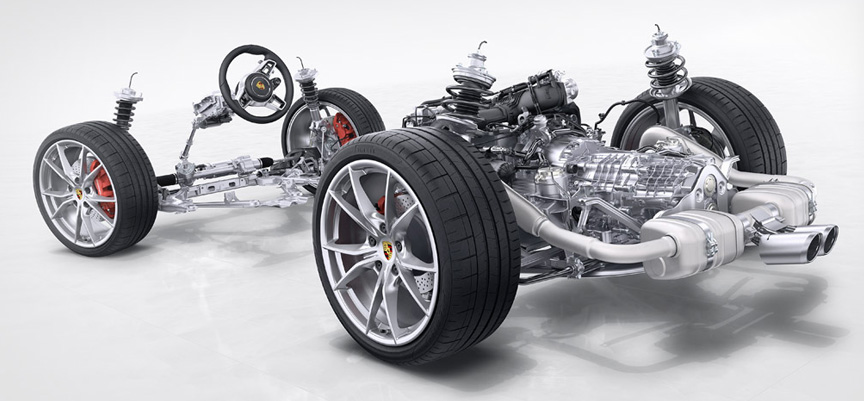
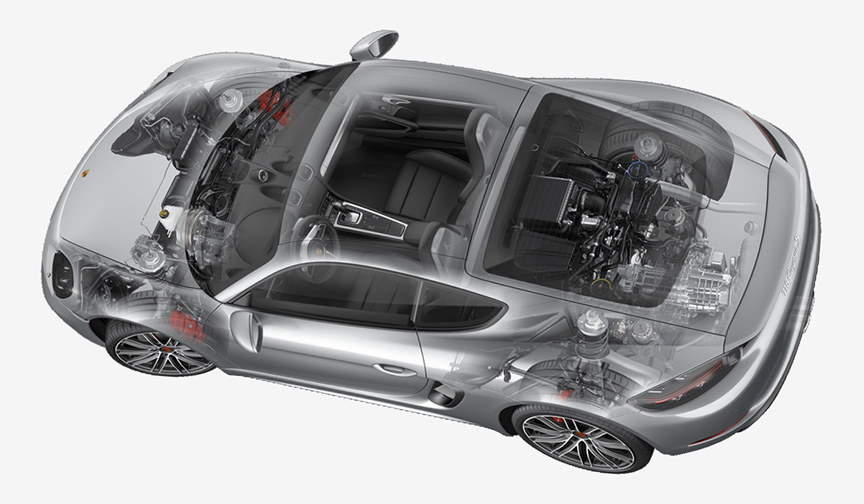
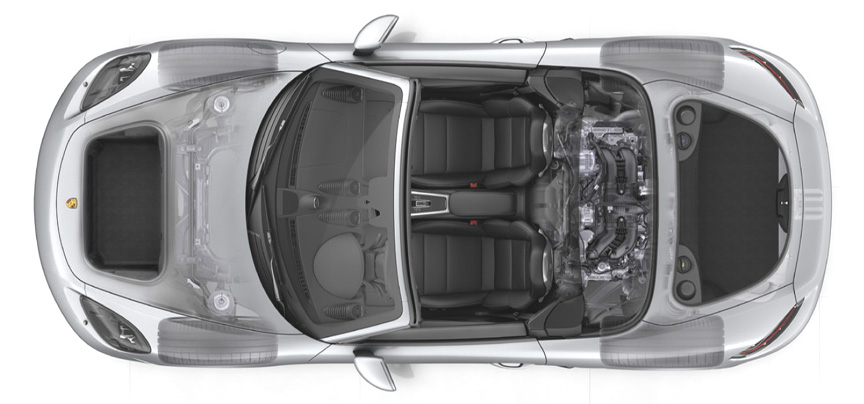
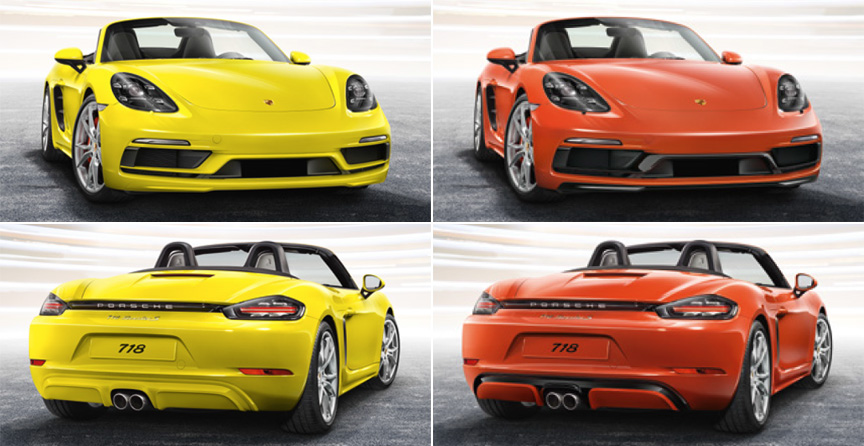
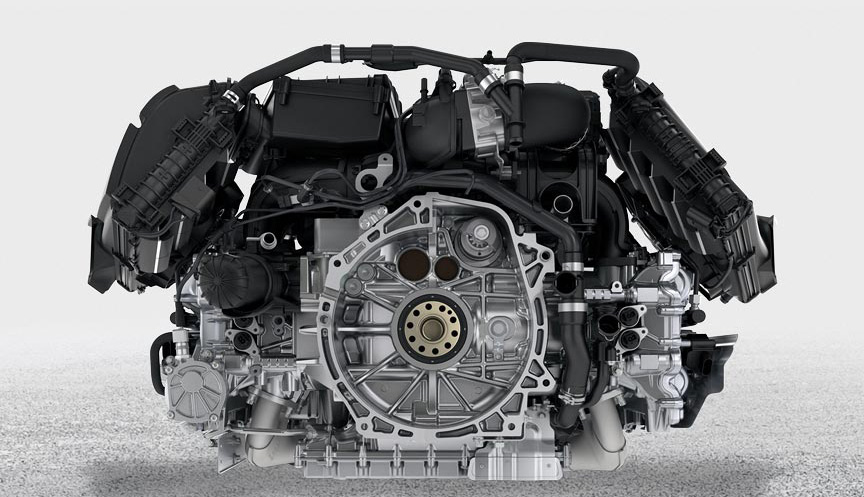
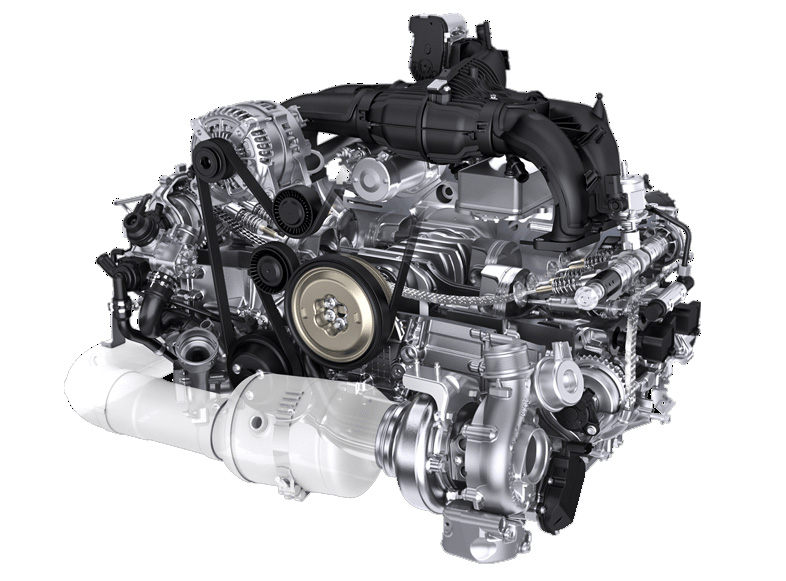
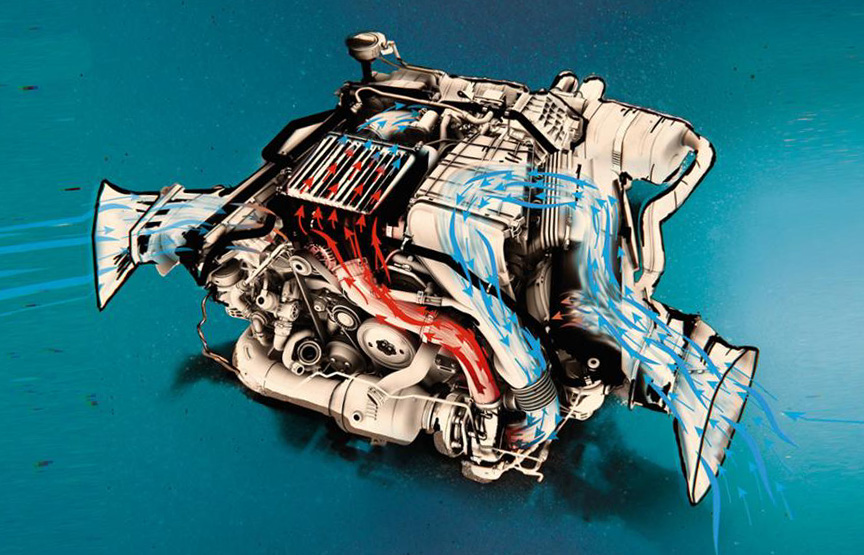
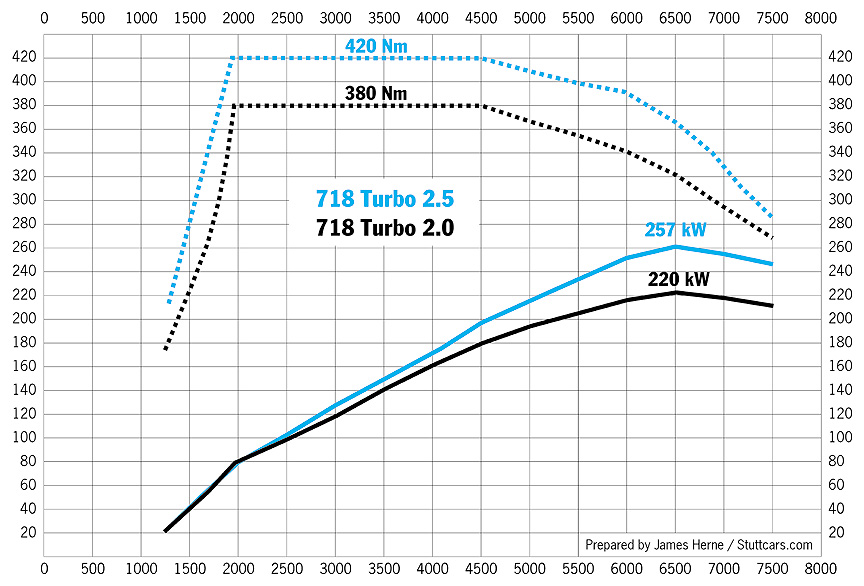
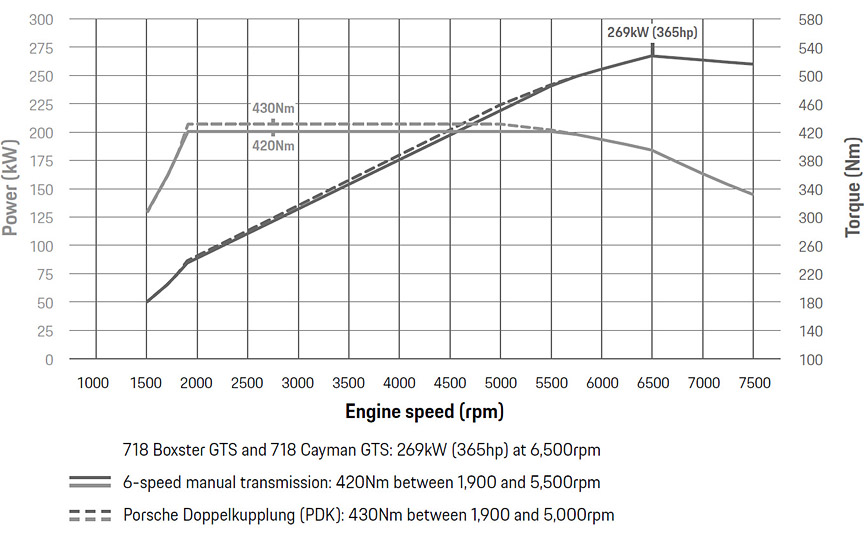
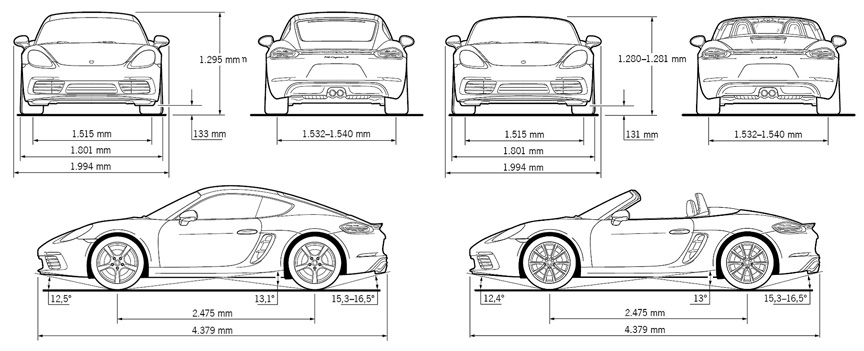
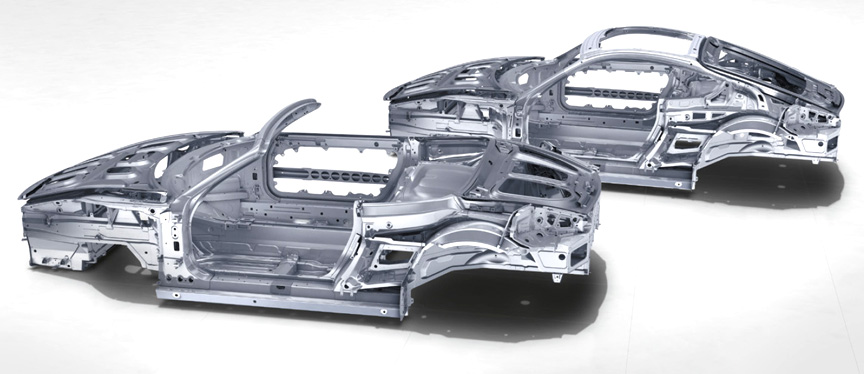
Taking from the past and looking into the future with less CO2, the 4-cylinder engines could be used again in conjunction with the 911 body to reincarnate the 912 model.











